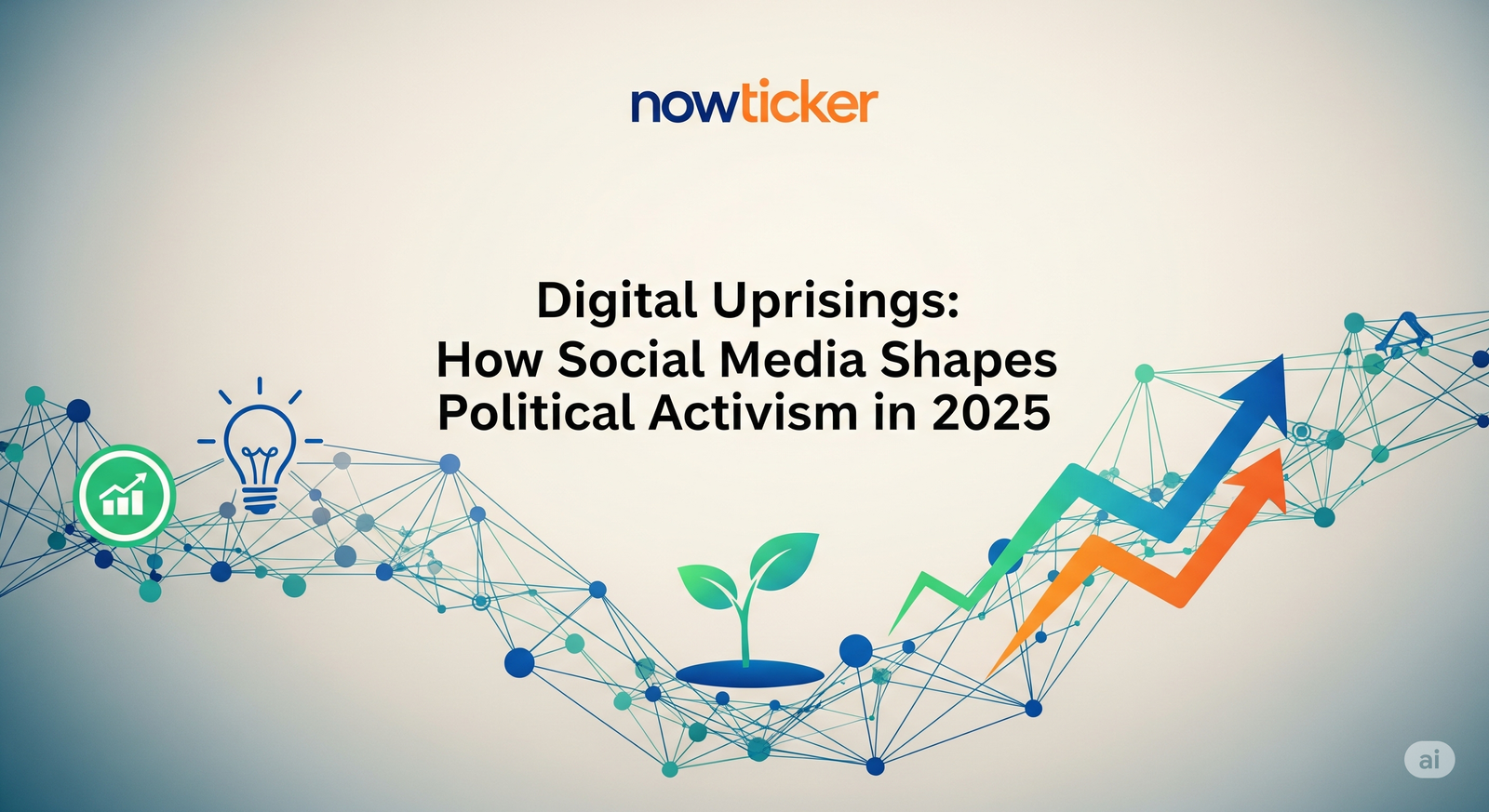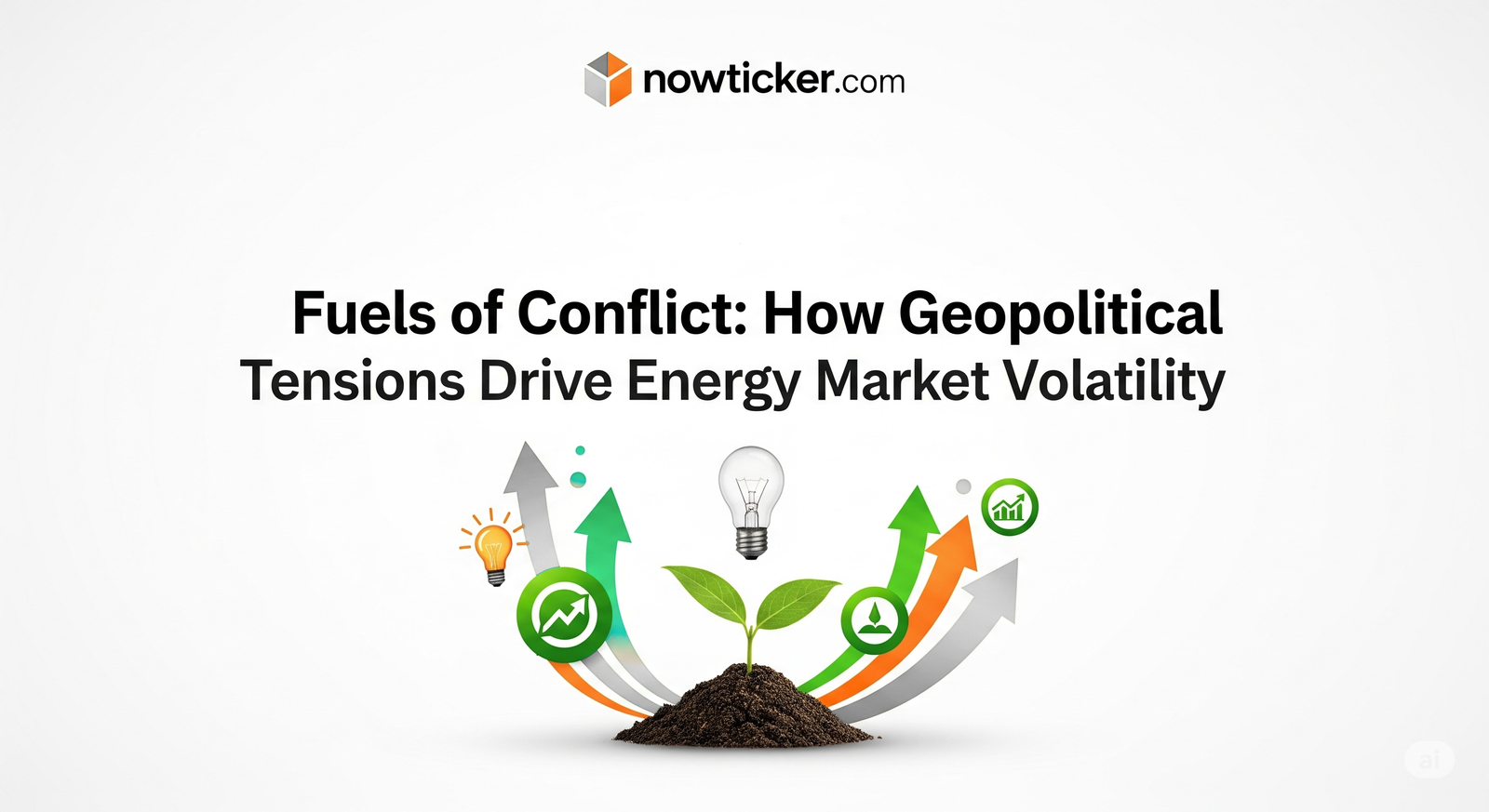Contents
Introduction
As we navigate the landscape of the mid-2025s, the role of social media in political activism has evolved into an intricate tapestry woven with varying threads of technology, sociology, and politics. In 2025, social media platforms have become the backbone of political movements, revolutionizing how activists mobilize, share information, and interact with the public. This article explores the multifaceted impact of social media on political activism, analyzing major trends, developments, and real-world examples. We will delve into user experiences, expert opinions, and actionable strategies, emphasizing the platform’s relevance in an increasingly digital world.
The Birth of Digital Activism
The term “digital activism” first gained traction in the early 2000s with the rise of platforms like Facebook and Twitter. However, by 2025, the evolution of technology has shaped digital activism into a powerful force capable of influencing political discourse globally. With the advent of livestreaming, real-time analytics, and advanced algorithms, activists can not only disseminate information rapidly but also gauge public sentiment in real time.
Research indicates that social media is a critical tool in the arsenal of political activists. According to a study conducted by the Pew Research Center, over 70% of adults in the U.S. engage with political content through social media platforms. This widespread use has led to a new norm in which social media activism is often a precursor to physical protests, community organization, and even policy changes.
Case Study: Black Lives Matter in 2025
The Black Lives Matter movement serves as a pertinent example of how social media shapes political activism. Established in 2013, this movement has expanded its reach and effectiveness through platforms like Instagram, Twitter, and TikTok in recent years. By 2025, the movement has incorporated sophisticated multimedia storytelling techniques, allowing them to craft narratives that resonate with younger audiences.
“What we’ve seen is that TikTok videos can go viral overnight, bringing issues that may have been ignored into the limelight,” says Jamila Johnson, a social media strategist for various activism organizations. “Young people are not just passive consumers; they are active creators, shaping the discourse around social justice.” This real-time mobilization has led to significant protests and legislative proposals aimed at police reform, racial justice, and community investment.
Importance of Platforms: The New Gatekeepers of Information
In this digital age, social media platforms have become the gatekeepers of information. The algorithms that govern what content is seen by whom can enhance or inhibit social movements. Research by Stanford University illustrates how algorithmic biases can affect the visibility of political content, potentially stymying underserved yet crucial narratives.
“Increasingly, we have seen that independent media creators and grassroots organizations must navigate not just the realms of political oppression but also platform biases,” notes Dr. Elena Petrov, an expert in digital sociology. “Algorithms can act as filters that shape public perception, often privileging mainstream narratives over marginalized voices.” This highlights the importance of critical media literacy for consumers of digital content, urging activists to focus not just on message dissemination but also on platform choice.
The Rise of Decentralized Platforms
With growing concerns about privacy and censorship, decentralized social media platforms such as Mastodon and Diaspora have emerged. These platforms focus on user privacy and community governance, offering an alternative to traditional social media’s centralized control. Activists are increasingly turning to these spaces to avoid algorithmic suppression and censorship, fostering grassroots movements unconstrained by corporate policies.
The Integration of Augmented and Virtual Reality
By 2025, augmented reality (AR) and virtual reality (VR) technologies are becoming mainstream in political activism. Activists are using AR apps to visualize societal issues such as climate change, police brutality, and poverty, creating immersive experiences that educate and engage users. Virtual reality meetups allow activists to connect from all corners of the globe, collaborating on strategies and campaigns despite geographical barriers.
Data-Driven Activism
Data analytics have transformed the way movements assess their impact and refine their strategies. Activists can now analyze social media engagement metrics to understand which messages resonate most with their audience. This data-driven approach allows for targeted campaigns that maximize engagement and increase mobilization efforts.
1. Choose Your Platform Wisely
Selecting the right platform is crucial. While Twitter may be effective for quick updates, platforms like Instagram excel in visual storytelling. Consider your message and target audience when choosing where to engage.
2. Create Compelling Content
High-quality visuals, infographics, and videos are key to grabbing attention. Invest time in learning design tools like Canva or Adobe Spark to create shareable content that communicates your message effectively.
3. Engage Authentically
Authenticity is critical on social media. Engage with your followers by responding to comments and DMs, participating in discussions, and humanizing your cause. Building a genuine connection can foster community loyalty and support.
4. Keep an Eye on Analytics
Familiarize yourself with analytical tools available on various platforms. Understanding which posts perform best can inform your strategy moving forward. Platforms like Buffer and Hootsuite offer analytics features that help streamline this process.
5. Collaborate with Other Activists
Consider forming alliances with like-minded individuals or organizations. Collaborations can enhance reach, diversify messaging, and amplify calls to action. Regularly share stories and updates from your partners to broaden your narrative.
FAQs
Social media serves as a vital tool for mobilization, information dissemination, and community building. It allows activists to organize events, share stories, and connect with supporters globally.
Since 2025, social media has become more focused on privacy, transparency, and community governance. The rise of decentralized platforms and increased scrutiny on algorithms has altered how information is shared and consumed.
While social media offers many advantages, it also comes with risks, including censorship, online harassment, and disinformation. Activists must remain vigilant about their digital security and manage their online presence carefully.
How can I start engaging in political activism online?
Start by identifying a cause you’re passionate about. Research online communities associated with that cause, follow leaders in the movement, and begin sharing relevant content. Engage with others by participating in discussions and supporting campaigns.
Are there any effective strategies for online activism?
Effective strategies include focusing on storytelling, utilizing multimedia content, engaging authentically with your audience, analyzing performance metrics, and collaborating with other activists. A combination of these tactics can enhance your impact.
Conclusion
In summary, the landscape of political activism in 2025 is fundamentally shaped by the capabilities and nuances of social media. From grassroots movements to large-scale organizational efforts, social media has democratized activism, offering unprecedented access to information and community. However, the challenges associated with algorithmic biases, platform governance, and evolving user preferences necessitate a thoughtful and strategic approach.
As we move forward, the importance of digital literacy and community solidarity cannot be overstated; these elements will continue to define the next wave of activism. Navigating this complex environment requires not just technological savvy but an ongoing commitment to authenticity and connection.
As an engaged citizen, consider how you can leverage these insights to contribute meaningfully to the political landscape. By understanding the tools at your disposal and fostering genuine connections, you can be at the forefront of this digital uprising, advocating for the changes that matter most.
This movement toward a more connected world hinges not just on technology but on the collective will of informed individuals eager to make a difference. So take the plunge, connect with your community, and let your digital voice be heard!



